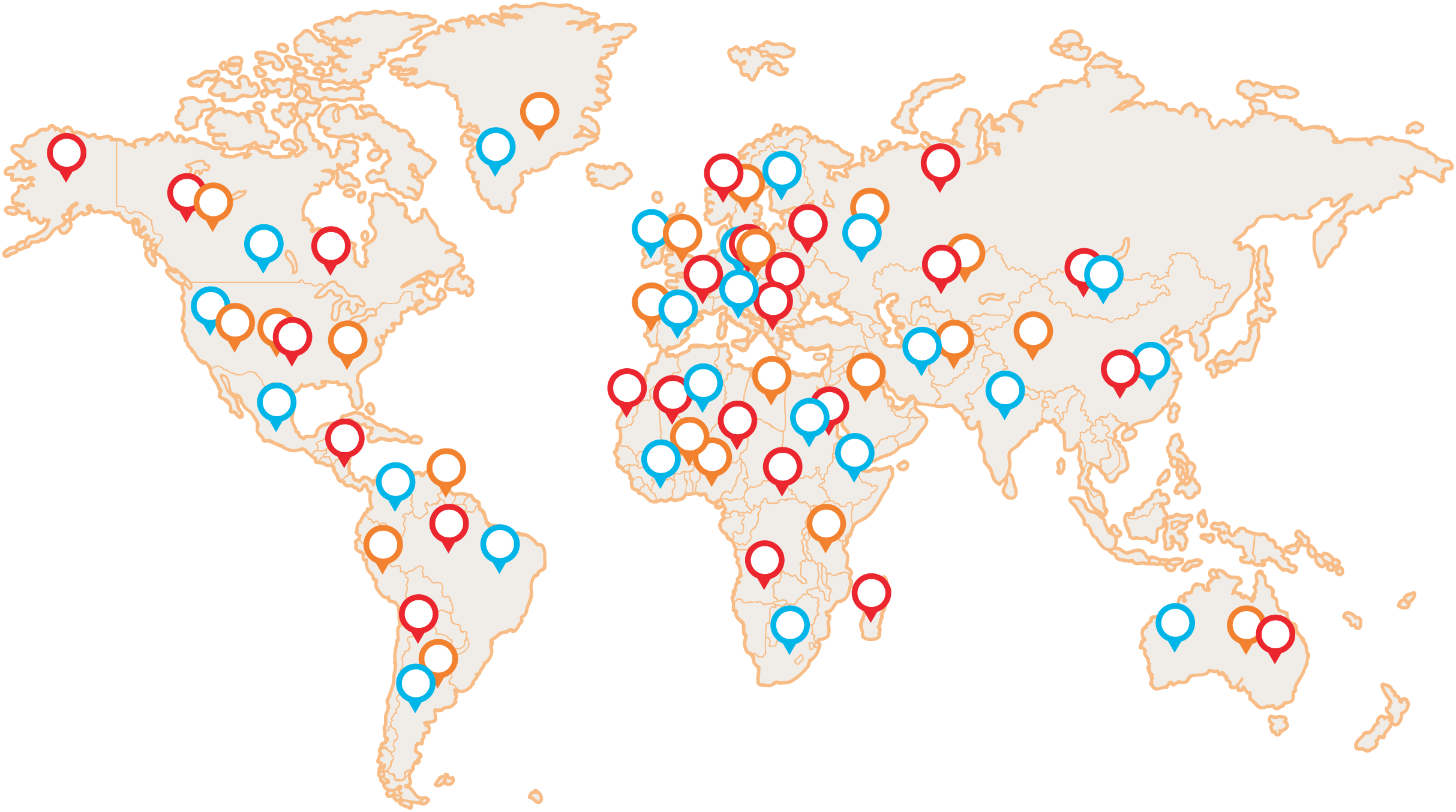Latin: Grifola frondosa
Czech: Tussock grass, sulphur grass
Chinese: Hui Shu Hua 灰树花
Japanese: Maitake
Thevital Maitake mushroom was used in Traditional Chinese Medicine as early as the Han Dynasty (206-220 AD). The Japanese called it "dancing mushroom" because people danced with joy when they found this valuable mushroom. It is difficult to find Maitake growing wild. The mushroom was very expensive, and so mushroom pickers kept the places of discovery secret. Often this information was passed down from generation to generation.
It is mainly distributed in northeastern Japan and China, but also in the rest of the northern hemisphere. It avoids subtropical and tropical areas. It is found on stumps or at the base of oak trunks and the huge fruits, which can be several dozen kilograms and 40 cm in diameter. The fruiting bodies are made up of many caps that form a rosette and have a common foot. The individual caps are 3-14 centimetres long. Their colour is light to dark brown or grey-brown. The way they grow side by side, they resemble a swarm of butterflies in a wild dance.
The Maitake was scientifically documented by Scottish mycologist James J. Dickson, who described it in 1785. Its given its current name by Samuel F. Gray in 1821.
Characteristics according to traditional Chinese medicine
Nature: neutral
Taste: sweet
Tropism: Lung, Kidney, Liver, Large intestine (some sources list all organs)
Main effects according to Traditional Chinese Medicine:
- Replenishes Spleen Qi
- Removes moisture
- Tonifies the Kidneys and Liver
- Clears heat
- Calms the spirit
When do we use the vital Maitake mushroom to maintain or improve health?
1) Support the Spleen in wicking away dampness and clearing heat
- Supplements Spleen Qi - that is, it improves digestion (conversion of food into Qi and blood)
- Drains dampness - when the Spleen is weakened, it creates pathological dampness, causing digestive disorders
- Clears heat and damp heat - removes excessive heat and dampness from the body
Remark:
Dampness and heat often combine to create moist heat (Shi Re). This tends to clog and impair the body's circulation. We may think of it as inflammation, but damp heat is a broader term.
Symptoms of damp heat: heaviness, fatigue, general sweating, skin problems, wetting, discharge, diarrhea...
Problems associated with damp heat: elevated cholesterol, atherosclerotic plaques, metabolic syndrome...
2) Overweight
- Harmonizes weight - promotes weight loss by improving detoxification
- promotes appetite - improves digestion and reduces sweet cravings
- lowers cholesterol - with Coprinus. Works well in lowering cholesterol with products containing red fermented rice and magnesium, such as MycoCholest. The latter at a dose of 2-0-2 can harmonize cholesterol to normal levels within 2-3 months.
- lowers blood pressure - by adjusting weight
Remark:
Overweight/obesity, high blood pressure, elevated blood glucose and elevated blood lipids (cholesterol or triglycerides) is collectively called metabolic syndrome. Metabolic syndrome is a widespread problem associated with modern civilization, living in excess.
3) Type 2 diabetes
- Lowers glycemia and increases tissue sensitivity to insulin - with Coprinus. It is usually started with Coprin at a dose of 2-2-2. After the sugar drops, Maitake is added, perhaps 1-1-1 of both mushrooms. Later, Coprinus is taken and Maitake is given long term.
- Maitake has a protective effect on the pancreas - by neutralizing free radicals, the insulin-producing beta cells are not damaged
Immunity support
- activates macrophage activity - promotes phagocytosis and increases resistance to infections and in the fight against cancer cells
- Antiviral effects - can be used e.g. for flu
- also has high antibacterial and antiparasitic effects
Anti-tumour effects
- Maitake is one of the mushrooms with the highest anti-cancer effects!
- It is used fortumours of: brain, breast, prostate, lung, stomach, intestine and liver
- can be used together with conventional treatments (chemotherapy, radiology, biological)
- reduces the incidence of unwanted side effects and reduces the impact of conventional treatment
Preventive sponge for old age
- Maitake prolongs life, makes the body light and the mind clear!
- It can improve most age-related imbalances, which is why it is called a preventive mushroom for old age
- Strengthens the Qi of the Spleen and Stomach + Clears the Heat + Strengthens the Kidneys - it is suitable for the elderly person who is weak and burdened. In addition, it harmonizes the spirit of Shen (harmonizes the psyche).
- Nourishes the Kidneys - it does this indirectly through the Spleen, which stores the excess in the Kidneys for a rainy day. Maitake thus supports the Kidneys by improving digestion
Osteoporosis
- supports bone tissue - promotes bone mineralisation.
- Maitake enhances bone tissue production by stimulating osteoblasts.
- In osteoporosis, it is often combined with Cordyceps and Shiitake
Fertility problems
- Supports ovarian function
- Combined with Cordyceps
- also used for fertility problems resulting from polycystic ovaries
Less common use of Maitake in clinical practice:
- Bladder weakness
- oedema (swelling)
- urinary retention
- ascites (fluid in the abdominal cavity)
- hemorrhoids
- neutralization of free radicals,
- protection and regeneration of the liver
- protection and regeneration of the nervous system
- antithrombotic effect (reduces the risk of thrombus formation)
What to remember:
Maitake makes the body light. It is used for chronic fatigue, weakened mind, lack of appetite and overweight
 Vital mushrooms PRO (17)
Vital mushrooms PRO (17) MyTao Edition (14)
MyTao Edition (14) Vital Mushroom Extracts (25)
Vital Mushroom Extracts (25) Combination of mushrooms and herbs (18)
Combination of mushrooms and herbs (18) Traditional recipes (5)
Traditional recipes (5) BIO vital mushrooms powder (9)
BIO vital mushrooms powder (9) Syrups (12)
Syrups (12) Dried vital mushrooms (6)
Dried vital mushrooms (6) Honey products (5)
Honey products (5) Vitamins (4)
Vitamins (4) BIO green food (2)
BIO green food (2) Other (3)
Other (3)

